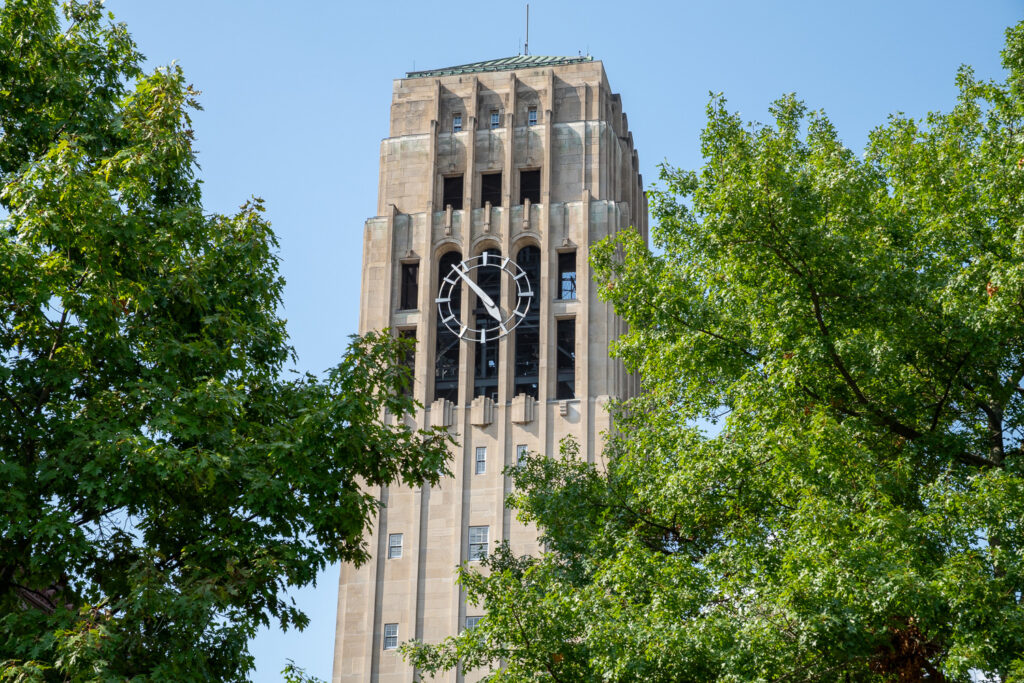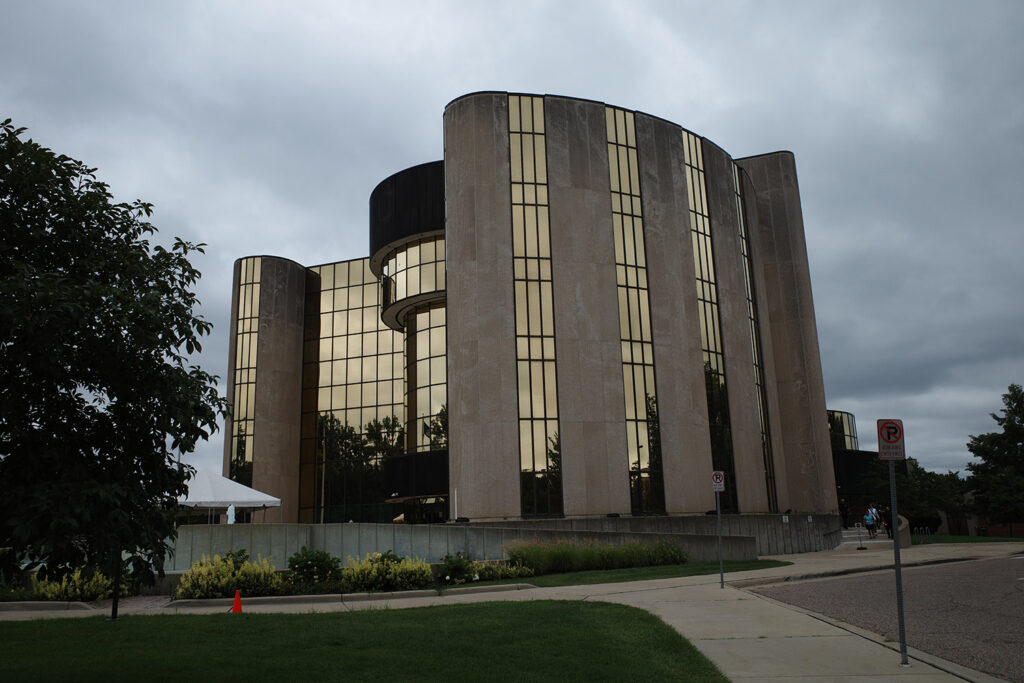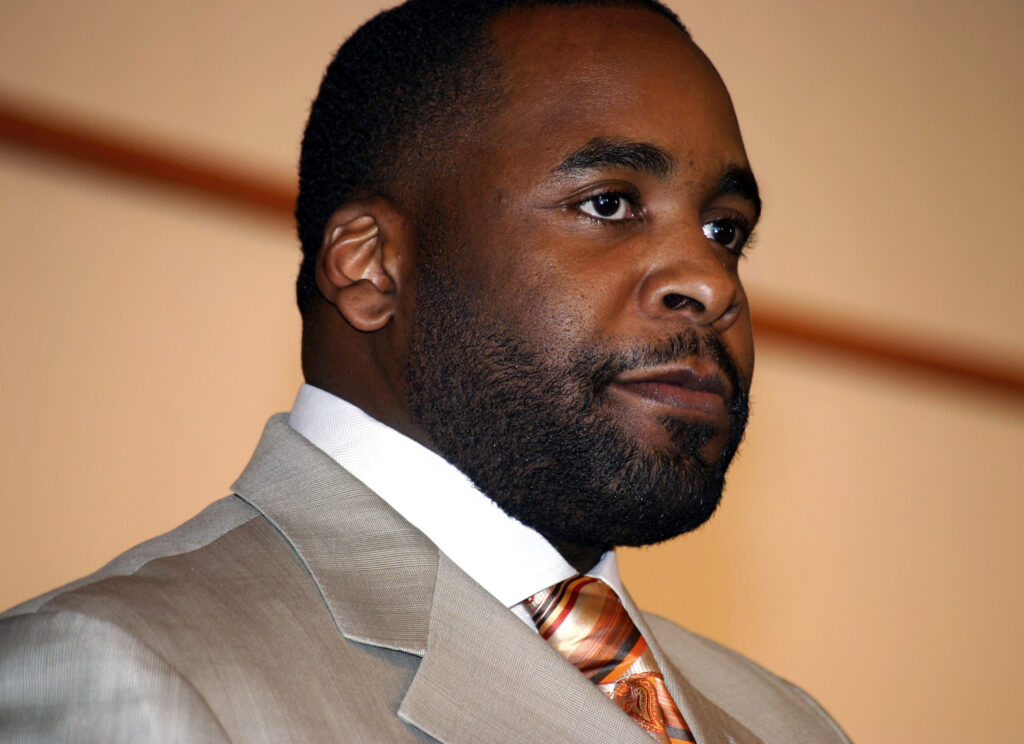East Lansing — MSU announced a wide swath of layoffs last week. Due to declining federal funding, the university needed to trim the budget and eliminated 99 positions on campus. Next year, they’ll need to cut even more to cover a projected $35 million budget shortfall.
This is just a preview of things to come for Michigan colleges—the demographic cliff is here, and many institutions won’t survive it.
What is the demographic cliff? Simply put, a huge decline in potential students. There aren’t enough babies being born to fill all the existing colleges.
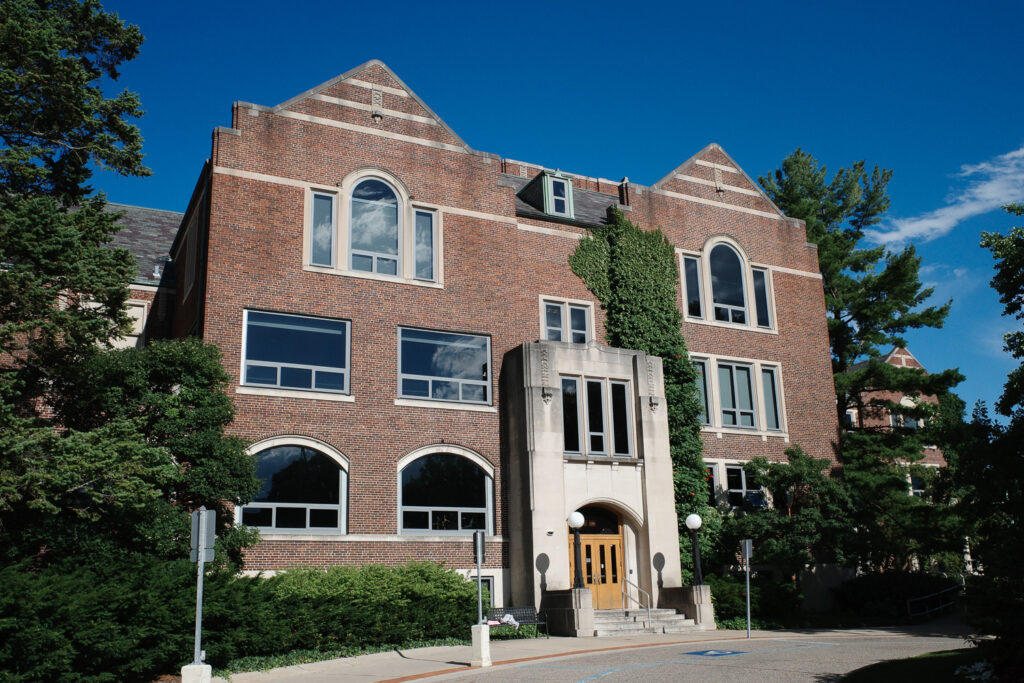
The trend started 18 years ago, during the financial crisis of 2007-2008. A huge decline in births happened then, and there’s been a declining trend in the birthrate ever since.
The effects of the financial crisis, though distant from our broader cultural memory, continue to play out. Nearly two decades later, academia now has to reckon with the problem.
There simply weren’t enough babies born in 2008 to fill the freshman classes of 2026. It’s going to get worse as time goes on, with fewer potential students every year for the foreseeable future. If you project out the current birthrate, it becomes incredibly grim.
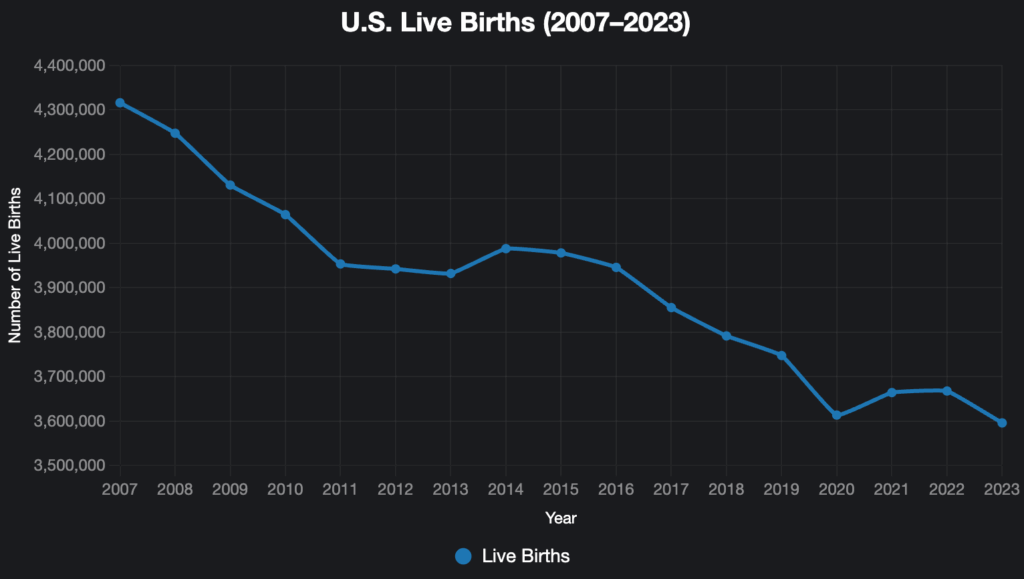
Michigan’s colleges are deeply aware of the problem. They’ve known for a long time, in fact, as it’s easy to extrapolate the figures based on current births. They don’t want to advertise it though, and it’s yet to enter the broader cultural zeitgeist.
During my own academic career, it was spoken of internally in hushed tones, like some great impending apocalypse.
The pandemic was a foreshadowing—I witnessed administrators and department chairs discuss projected enrollment shortfalls and budget cuts that would have, in the end, been ruinous for American colleges. Even enrollment declines of 10% would have been disastrous.
They were fortunate that it didn’t come to that. Most students re-enrolled or stayed online. Tuition money kept flowing, and so did state and federal emergency grants. Most schools weathered the storm.
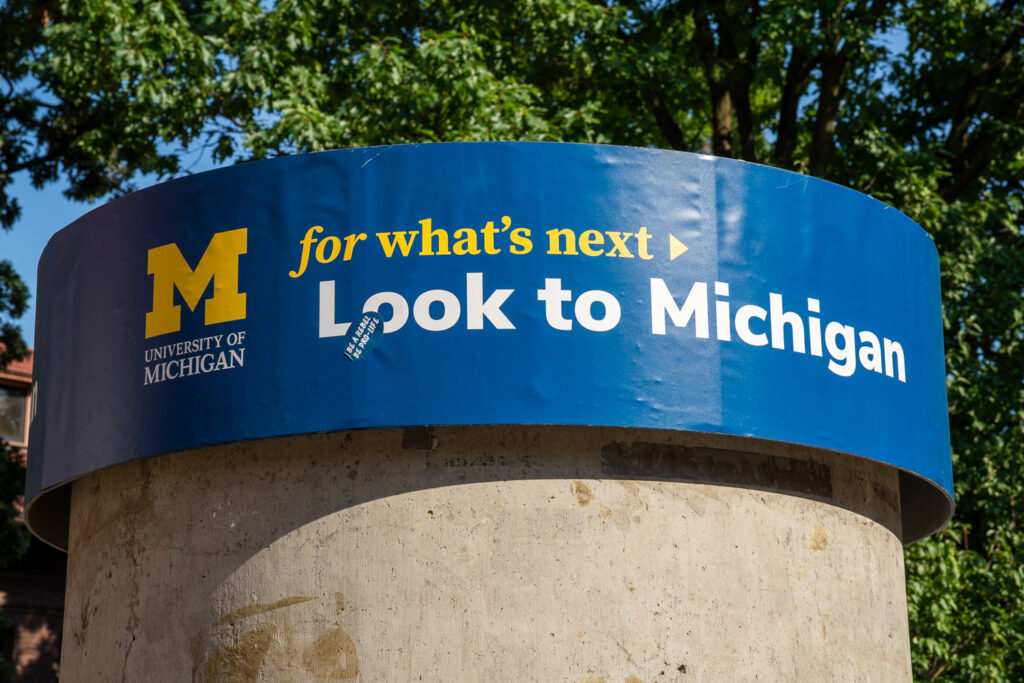
They won’t be so lucky this time, especially not with the federal government cutting funding to the academic sector, which it considers to be overwhelmingly ideologically hostile. There won’t be a bailout this time.
What can be done? Schools are employing a variety of strategies. Some bolder than others, some more conservative, some borderline treasonous. Others dig their heads in the sand and watch as their campus evaporates.
The crisis isn’t so much that there won’t be any college students at all, but that there will be fewer overall. Schools will be forced to compete with each other to enroll an increasingly smaller share.
Big schools like U-M and MSU are flexing their brand, their size, their academic rigor. They don’t have to worry as much—in fact, they continue to enroll more students every year, with even higher degrees of selectivity.
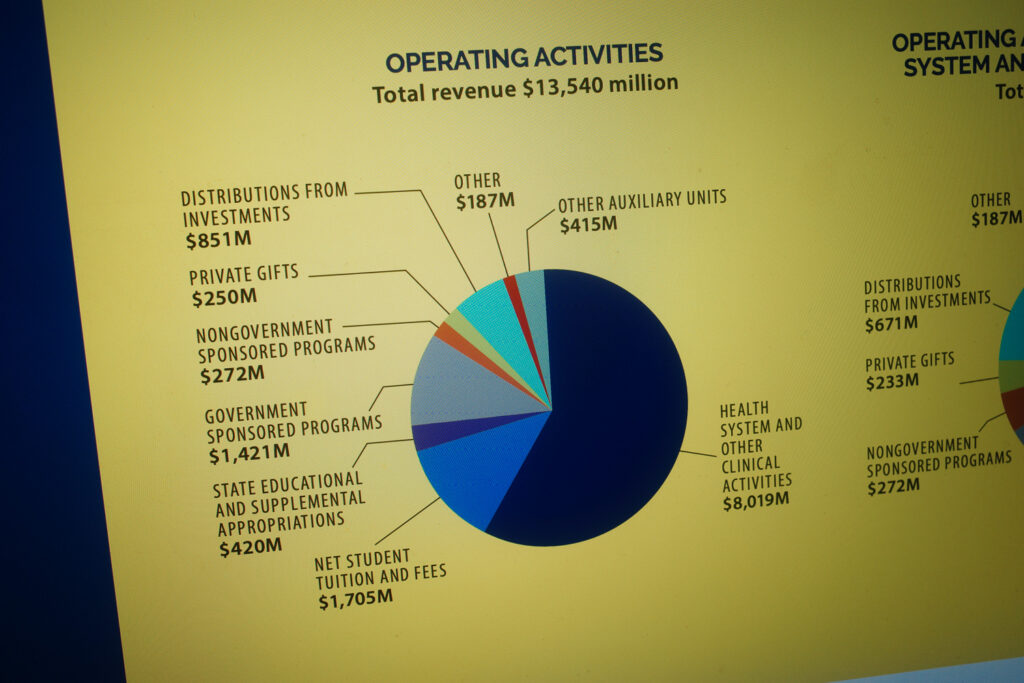
U-M, in fact, has grown so large that undergraduate tuition isn’t even the university’s largest funding source. The U-M healthcare system brings in nearly 60% of the institution’s total income. Tuition brings in only 12%, with the rest coming from investments, research funding, and private donations.
U-M is now a hospital with a school attached. That’s one strategy for weathering the demographic cliff. Shift your customer base from young people to old people.

The other strategy, which the big schools equally employ, is increasing foreign enrollment. Both U-M and MSU have expanded foreign enrollment year over year for the last decade.
The real threat, in the end, is to the smaller colleges. They can’t compete with the big schools when it comes to name recognition, sports teams, amenities, research funding, or even tuition price, for that matter. They’re forced to compete in bolder, riskier ways.
Hillsdale College, for example, rejects federal funding and positions itself as the conservative bulwark to liberal academia. Hope College is pushing toward an entirely new funding model altogether, where students pay for their education through donations after graduation, not tuition during enrollment.
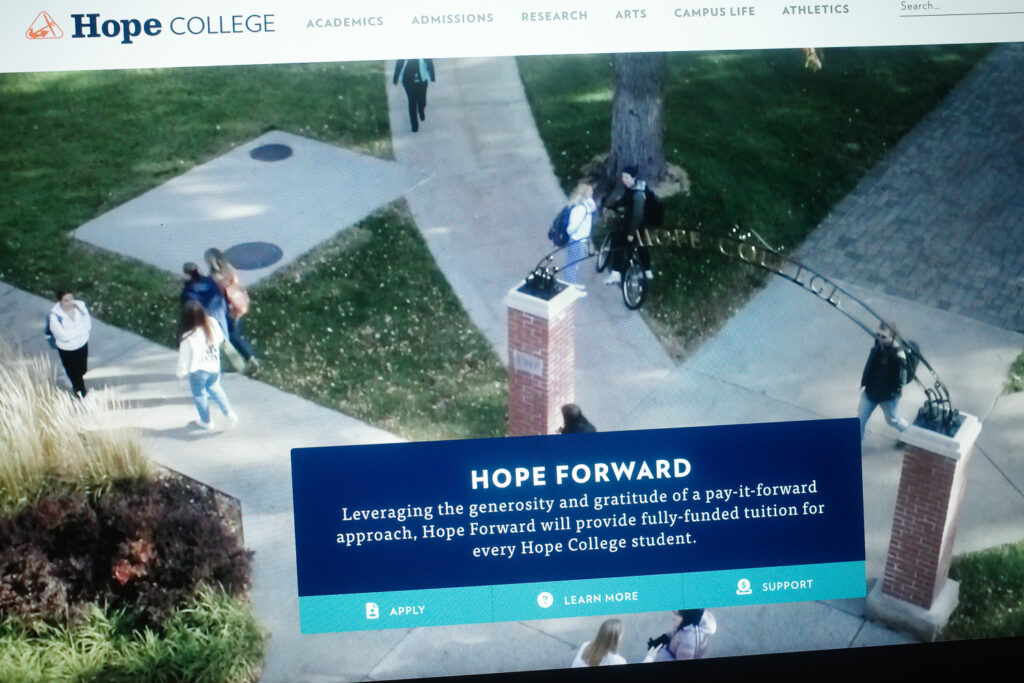
They seem to understand that the only way small colleges will survive is to innovate, to be distinctive and stand out. Otherwise, they can read the writing on the wall.
Some small Michigan colleges have already shut their doors. Siena Heights, a private catholic university in Adrian, will close down this year after more than 100 years of operation. Concordia Ann Arbor shut down all of their programs this year except for medical-related fields (noticing a pattern?).
Even some of Michigan’s public universities are threatened. Eastern, Central, and Western Michigan University are all facing declining enrollment again this year, with no signs of reversal anytime soon. There are no guarantees of their continued existence.
MSU’s layoffs are emblematic of what will happen across academia as institutions face declining budgets—for smaller colleges, mostly due to declining enrollment. Budget cuts, layoffs, slashed programs, and ultimately, closed campuses.

It’s not the end of the world, in a way. In some regards, it might force some honesty in academia. Schools have to serve their students, and attract new students to enroll there. They can’t just take it for granted that young people will mortgage their futures with student loans for a chance to sit in their lecture halls.
Maybe if colleges can focus their budgets on what matters, and slash all the administrative bloat, they can start delivering a quality education for less than the price of a three-bedroom house.
Expect it to be grim in the short term, however. Academia has grown fat in the last few decades of prosperity. People are sentimentally attached to their alma maters, and the colleges are used to doing things a certain way.
It won’t be pretty, but it will be necessary. Academia simply has no choice in the matter, there are only so many students to go around. The institutions will have to get creative and attract them to campus, or find other ways to sustain their current models, or they’ll perish.
Bobby Mars is art director of Michigan Enjoyer. Follow him on X @bobby_on_mars.
